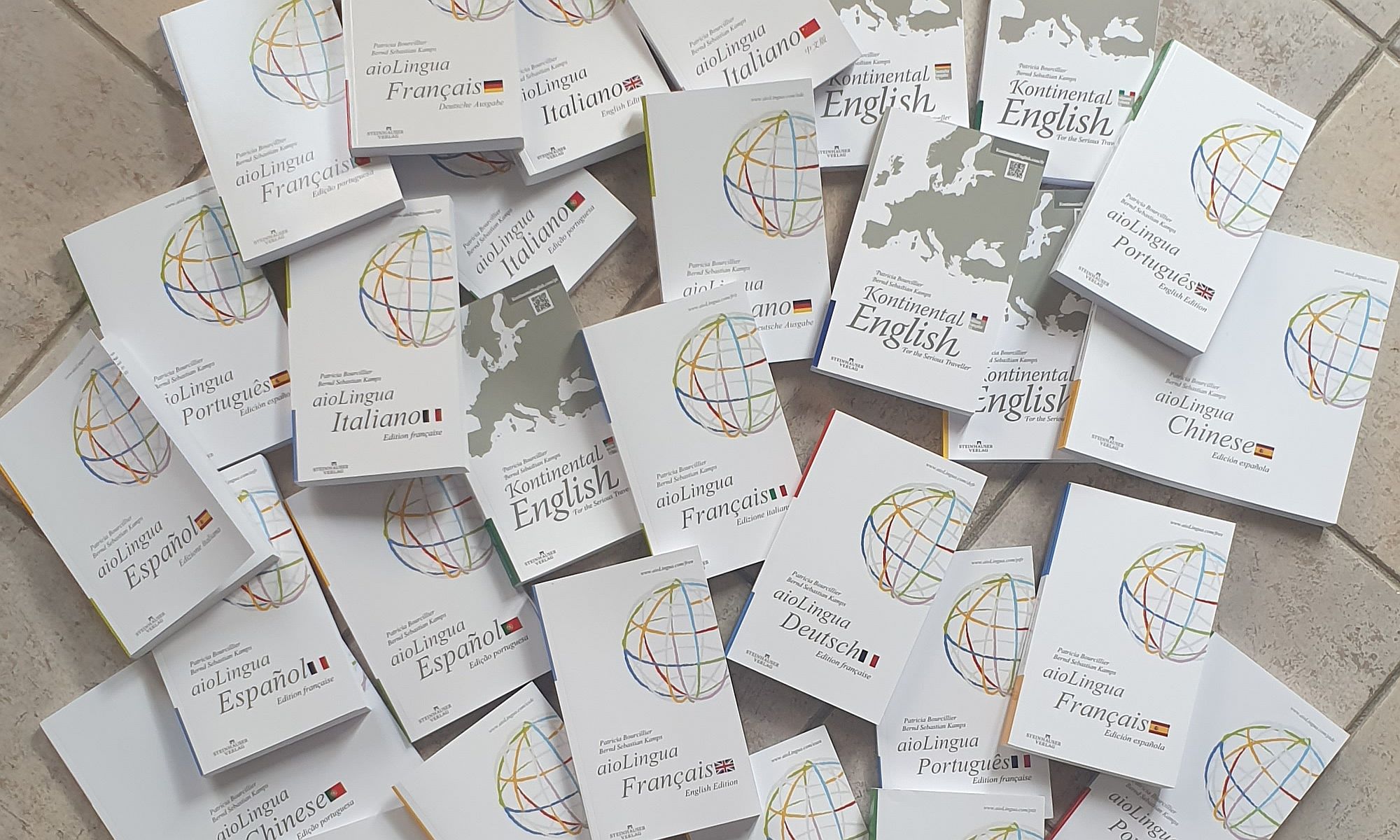xxxx
A. Basic Level
From above, the table is a vibrant feast of Chinese culinary delights. The 开胃菜 (appetizers | kāiwèicài) are colorful and inviting, leading to an array of 主菜 (main dishes | zhǔcài) that showcase a blend of 传统 (traditional | chuántǒng) and 现代 (modern | xiàndài) 烹饪法 (cooking methods | pēngrèn fǎ). Each dish, from the 炖 (stewed | dùn) 肉 (meat | ròu) to the 烧 (braised | shāo) 鱼 (fish | yú), is a testament to the rich 风味 (flavor | fēngwèi) of Chinese cuisine.
The 配菜 (side dishes | pèicài) include a variety of 蔬菜 (vegetables | shūcài) and 面 (noodles | miàn), each offering a unique 口感 (texture | kǒugǎn). The 甜点 (desserts | tiándiǎn) and 水果 (fruits | shuǐguǒ) provide a sweet conclusion to the meal, while the 饮品 (drinks | yǐnpǐn) range from traditional teas to innovative beverages.
This festive scene is not just a meal; it’s a celebration of Chinese culinary artistry.

(One of the biggest hurdles for AI in illustrating people is the depiction of their hands. Observe the image, created by ChatGPT 4.0: can you spot any inconsistencies?)
Words
Sentences
.
